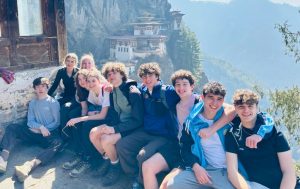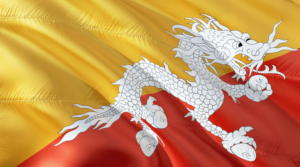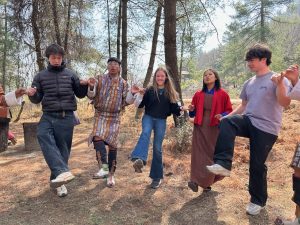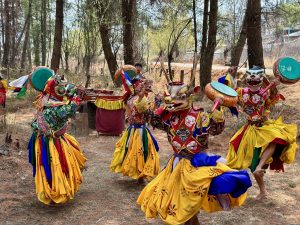Chimi Lhakhang and Gross National Happiness
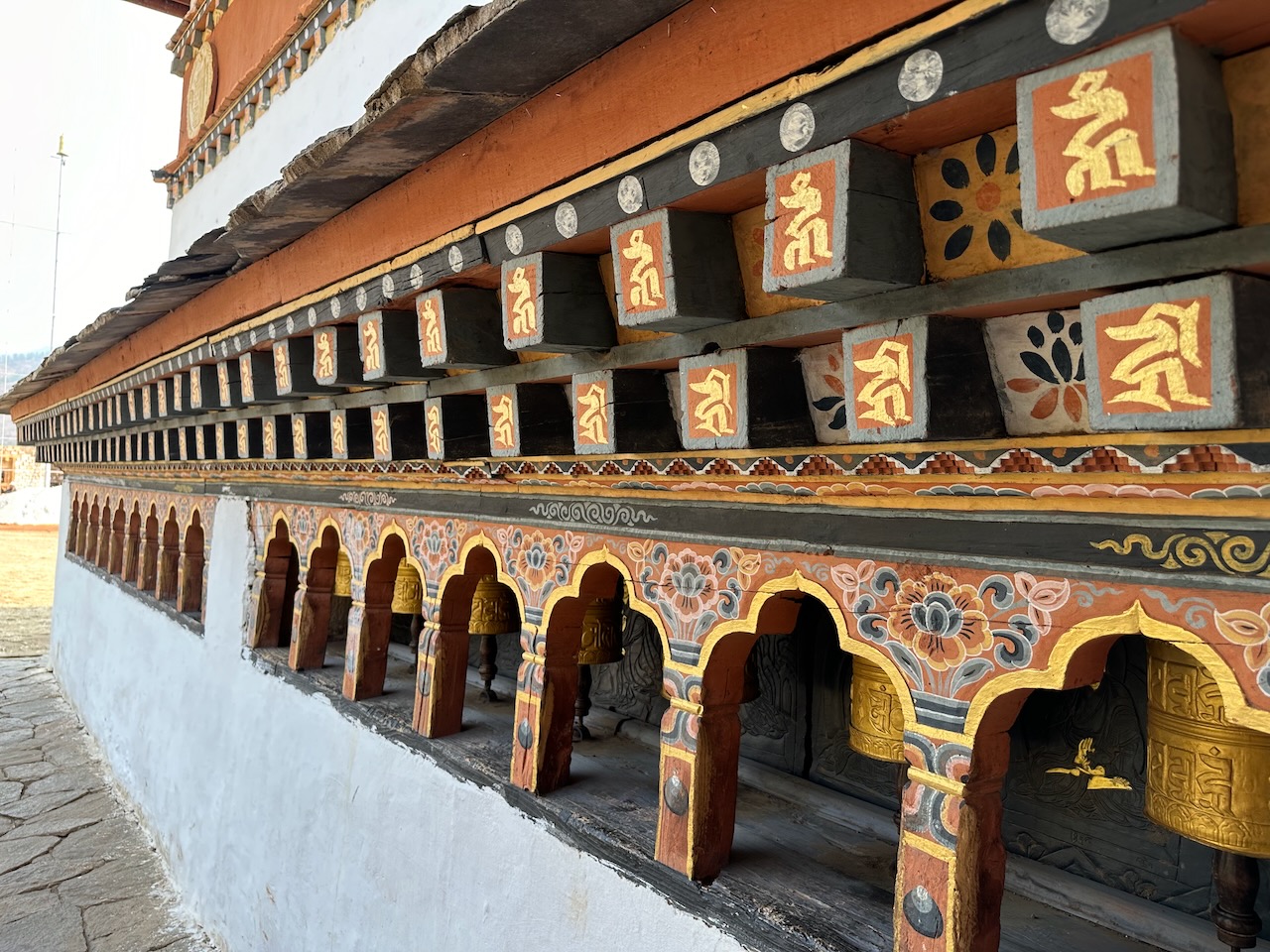
As we headed out of Punakha and set route for the fertility temple (Chimi Lhakhang) we were unaware of the eye-opening experiences we would encounter throughout the rest of our day. As the bus set to a hault, we set on a hike through a rural Bhutanese village. Here, while small, the locals were calm and happy as they made a living through small tourist boutiques and other projects. Inside the temple, Namgay told us how people would come to pray for children if they were experiencing fertile issues. We saw letters of mothers expressing their gratitude towards the temple as they became pregnant. These letters were a real testament to Bhutan’s happiness.
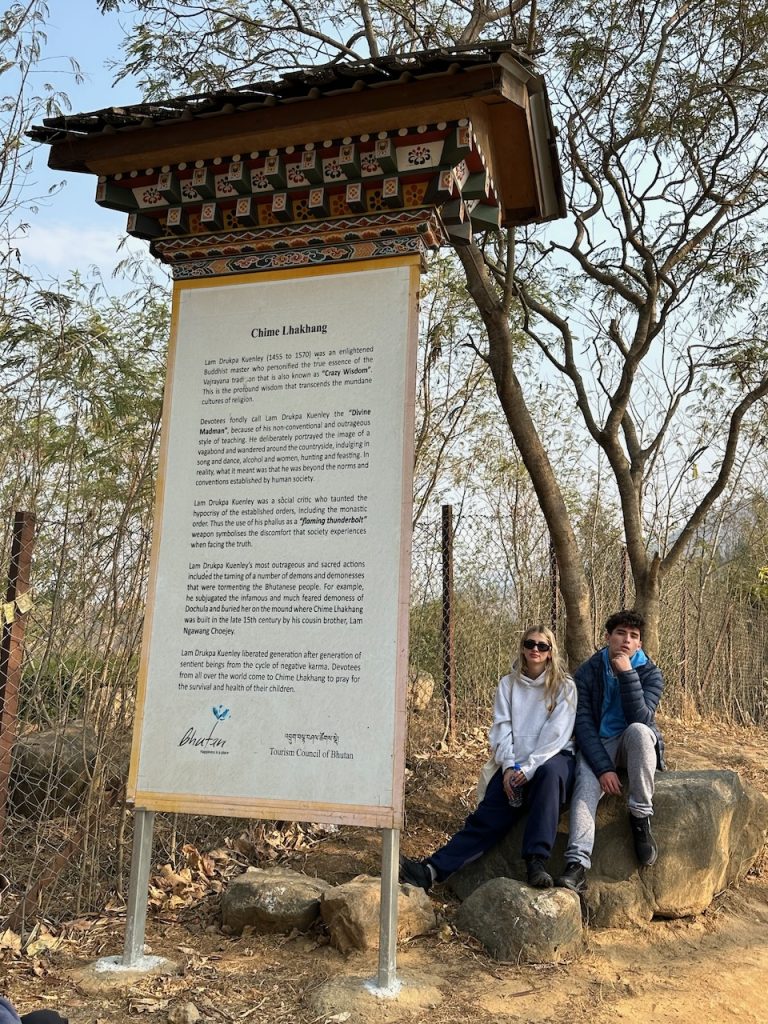
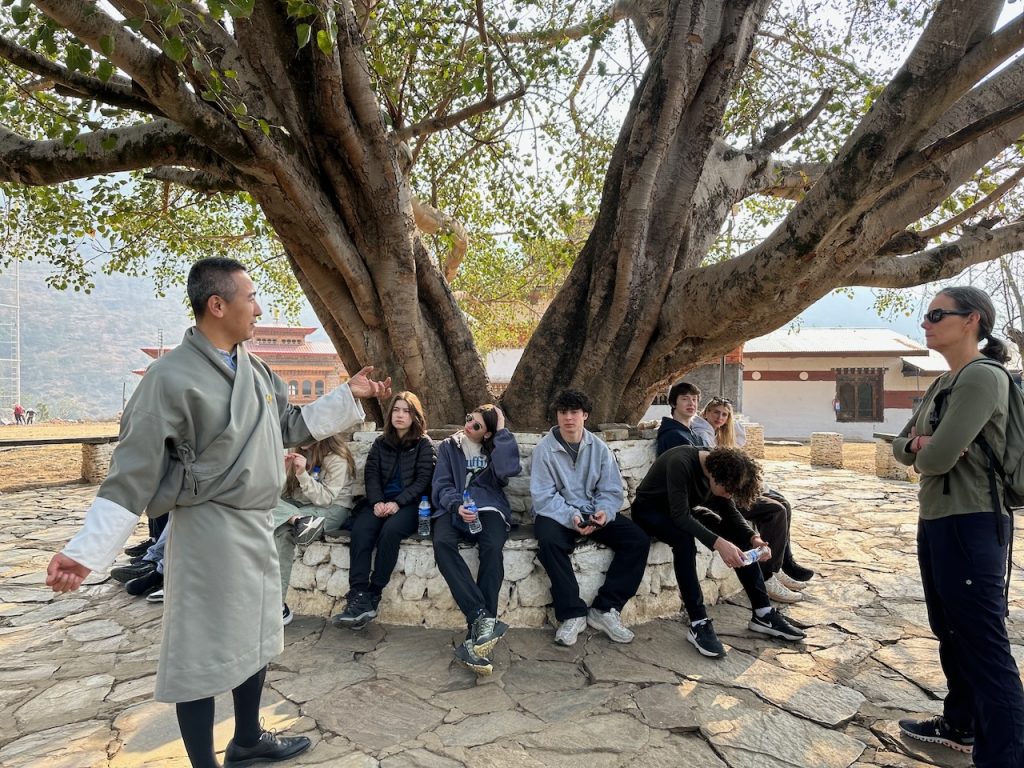
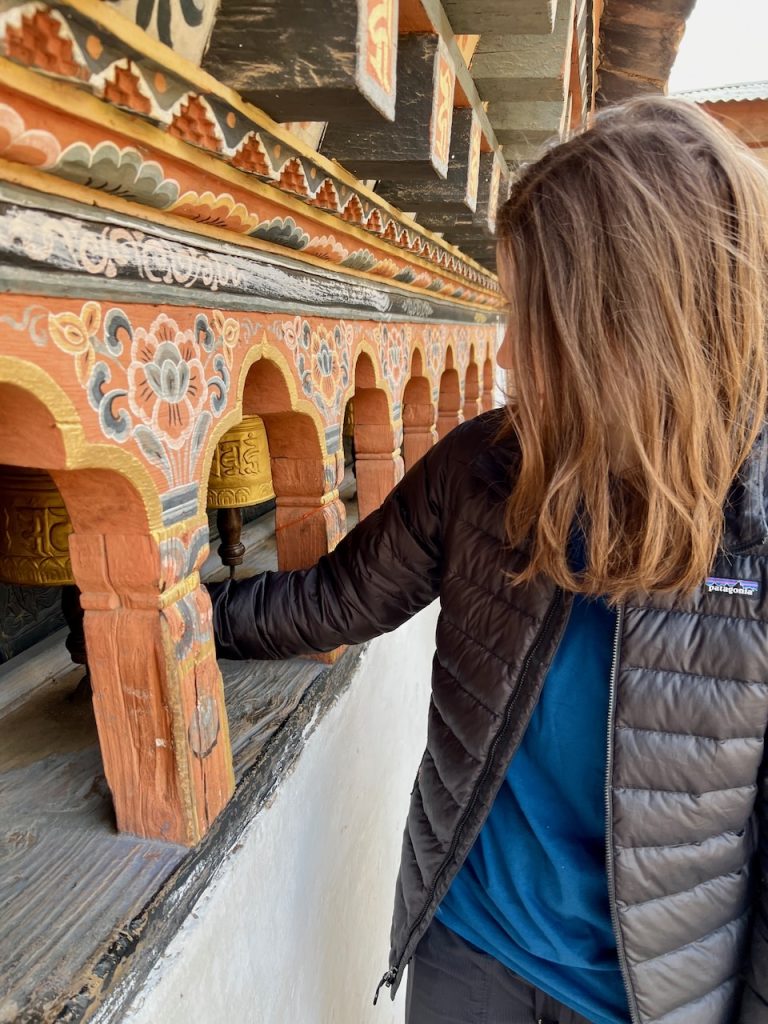
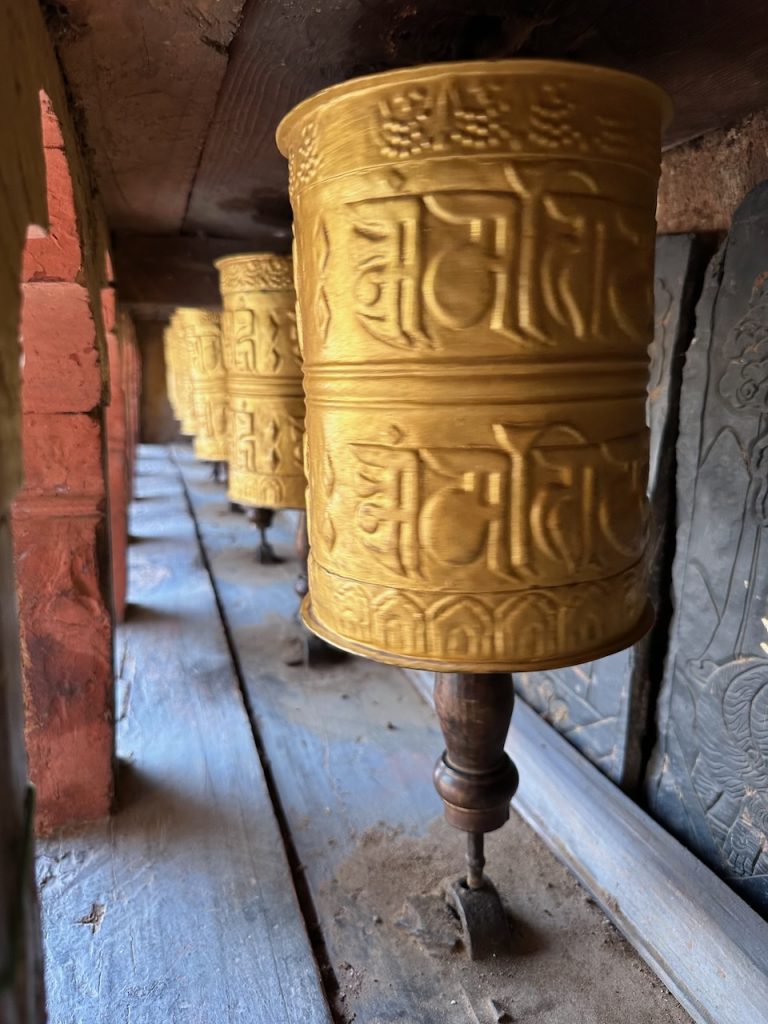
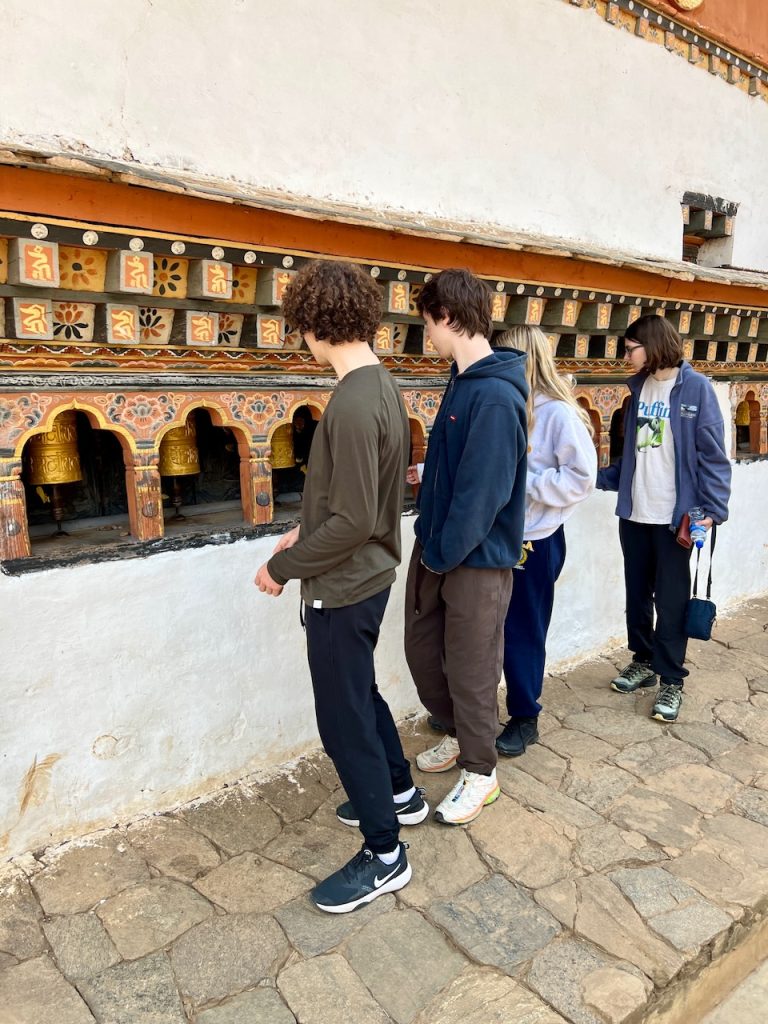
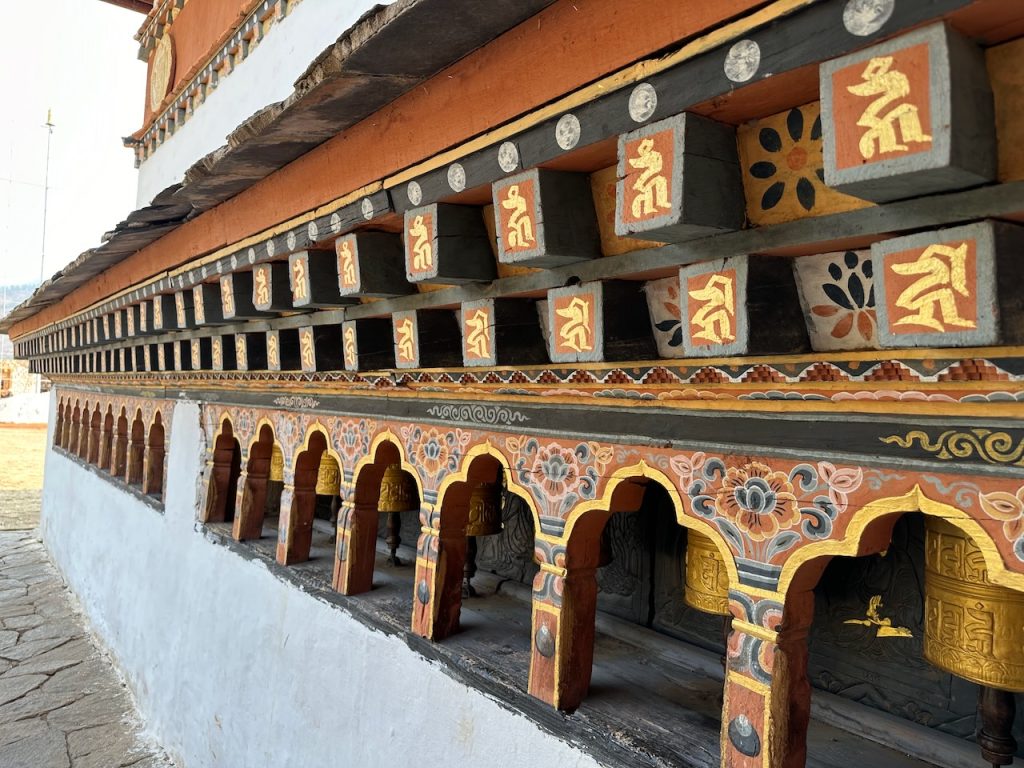
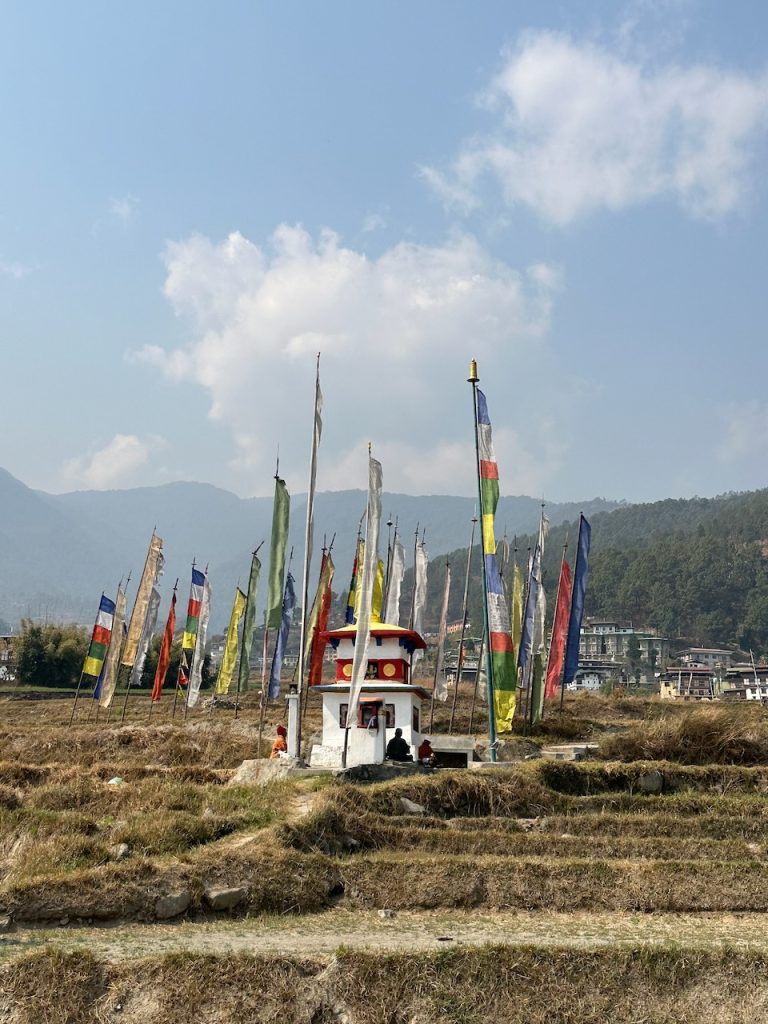
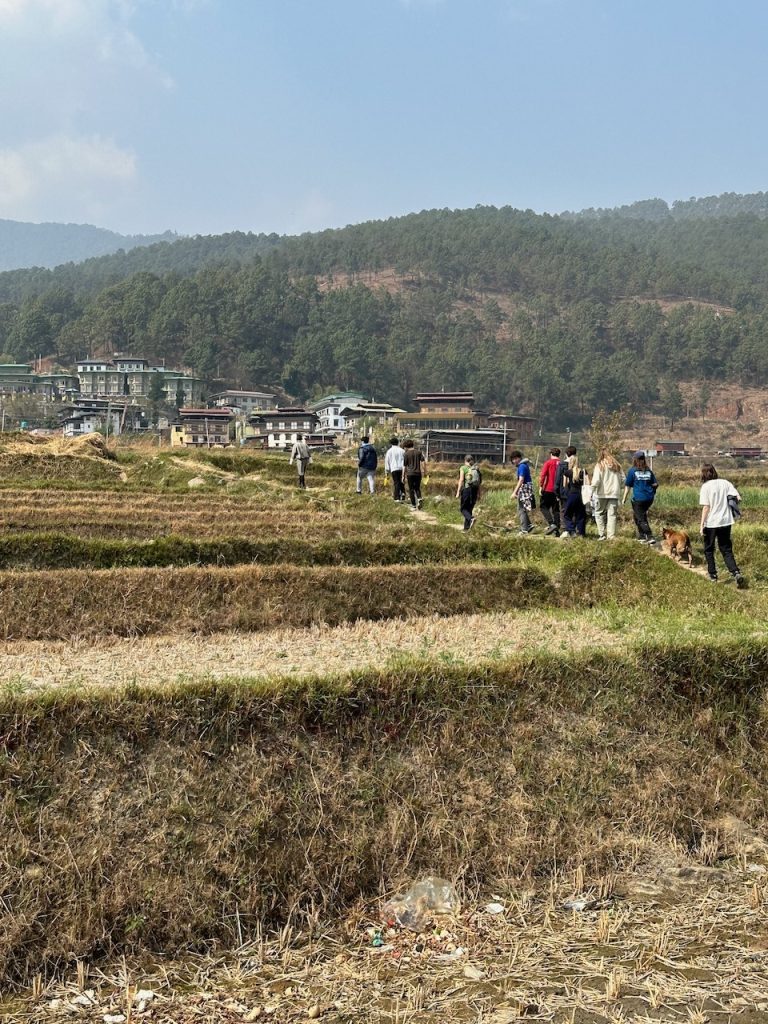
Later on, we got to explore a trade school in Thimphu. Here, it became clear that if university isn’t an option for students, there are many valued trades that help to keep this beautiful culture rich and visible. One of these is textiles and weaving, where we were grateful enough to look through a museum on the history of Bhutanese textiles. Once again, it was evident that everyone in the working class was able to find happiness and passion in their profession.
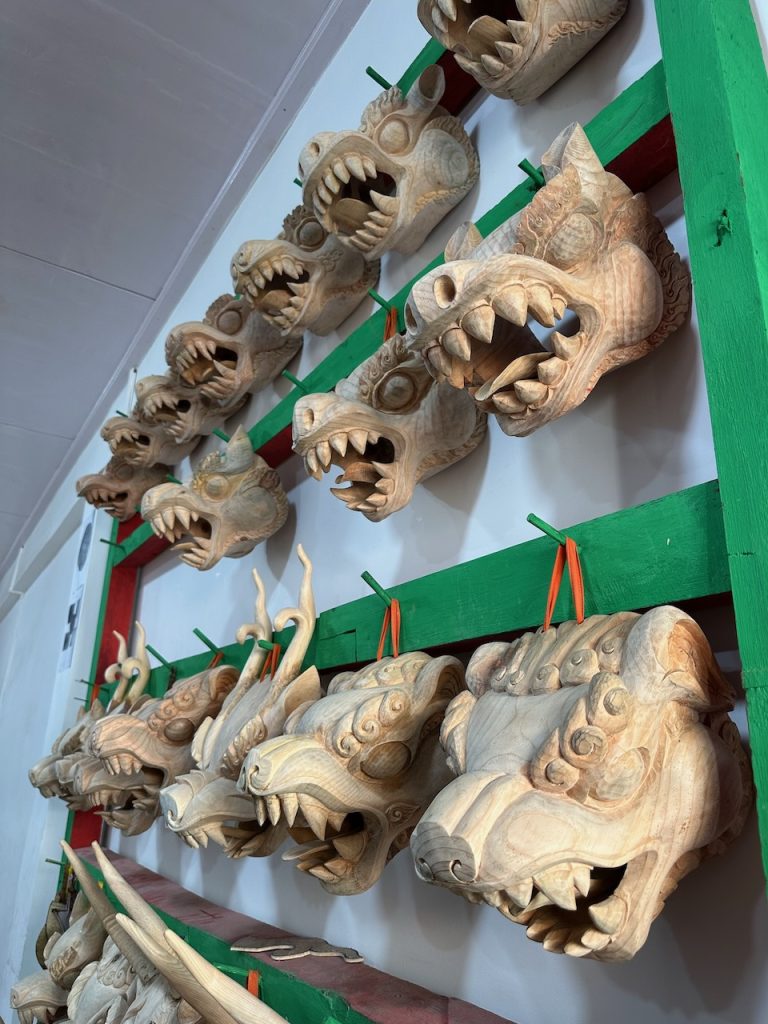
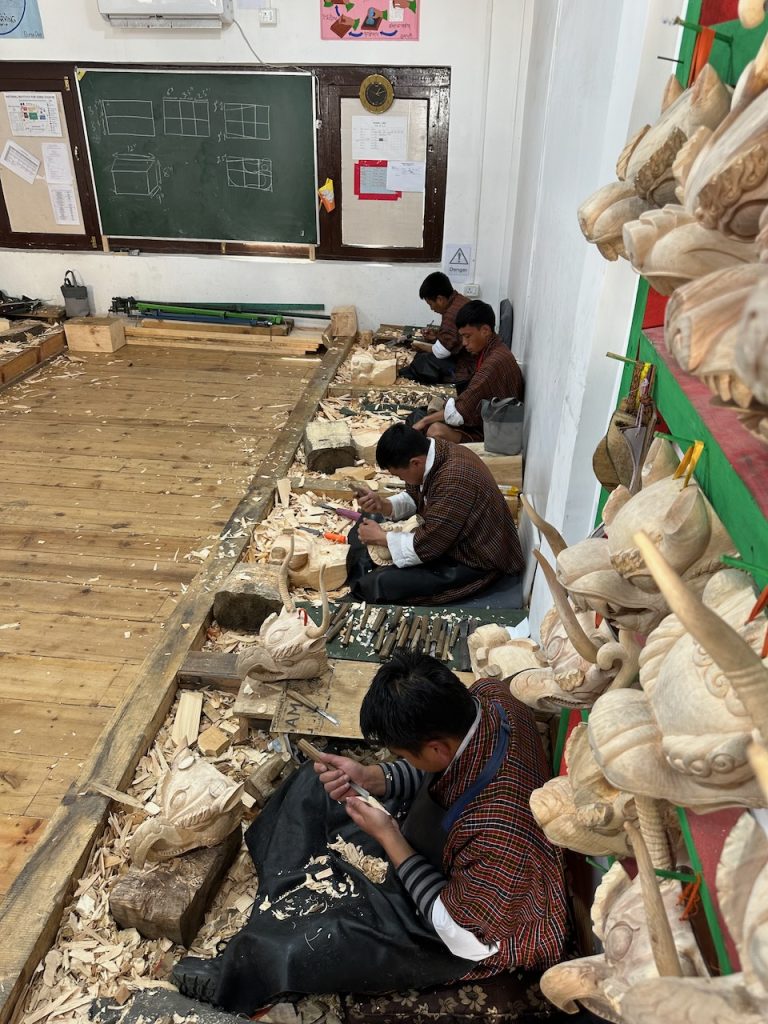
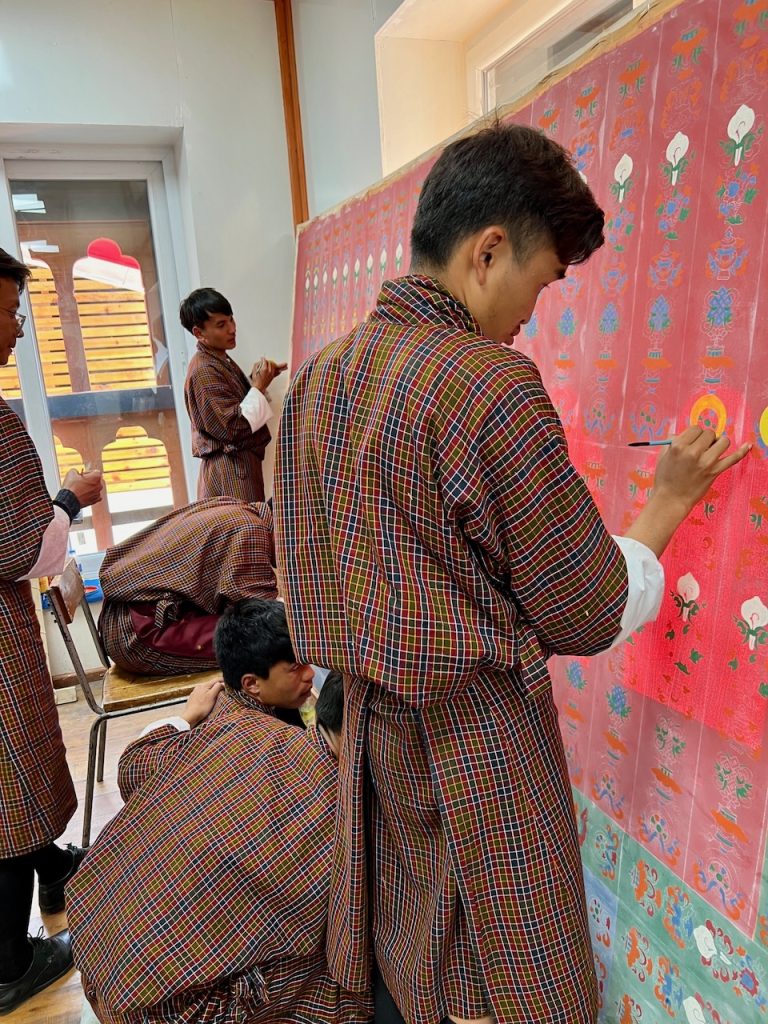
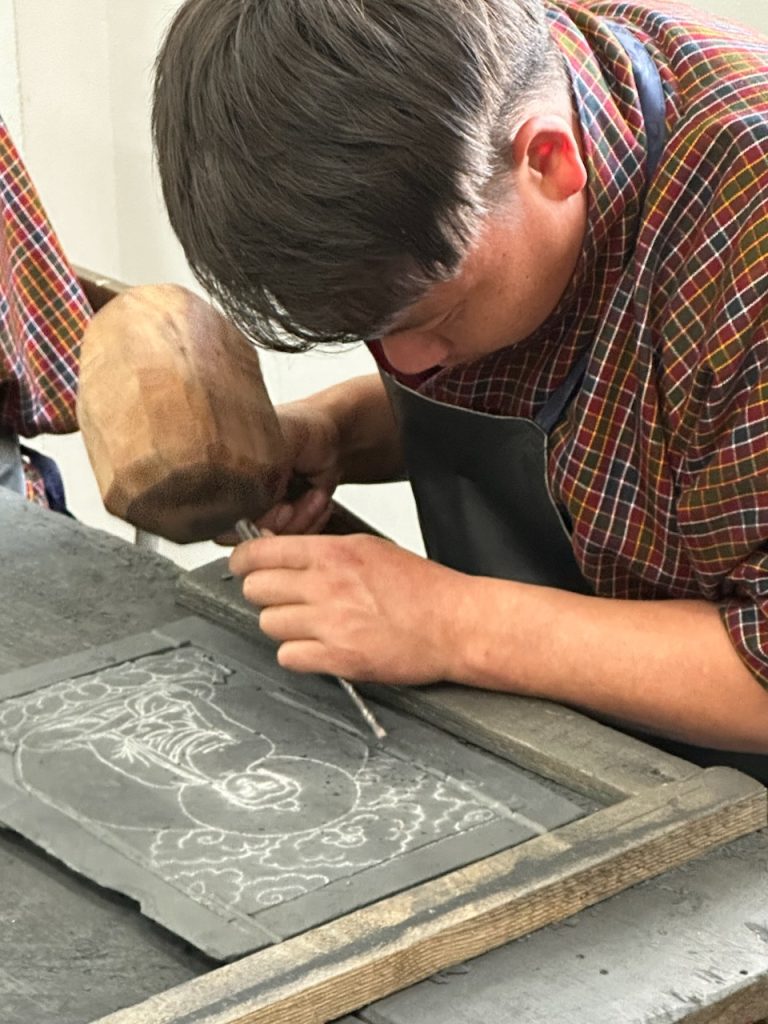
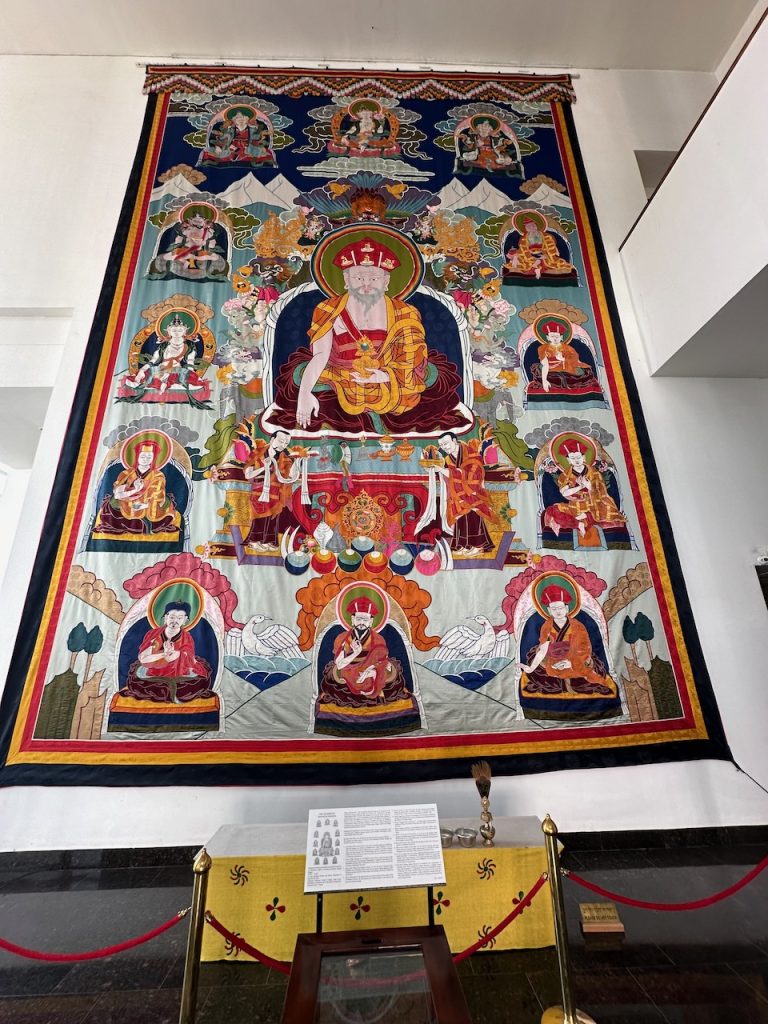
Lastly, we were lucky enough to receive a presentation on Bhutan’s measurement of growth. While we use GDP back at home, they use Gross National Happiness (GNH). This presentation truly linked all of our previous travels together under one explanation. We learned how GNH was measured, as well as the 9 values they prioritize to maintain high GNH. Based on surveys, it was evident that while Bhutan as a whole is extremely happy, individually, there is a slight difference when it comes to happiness by profession or level of education for example.
In conclusion, in a jam-packed day, one thing was clear. Bhutan’s values and priorities in their culture and life allow them to achieve extreme levels of happiness. This serves as the obvious catalyst for the country’s success, beauty and prosperity.


